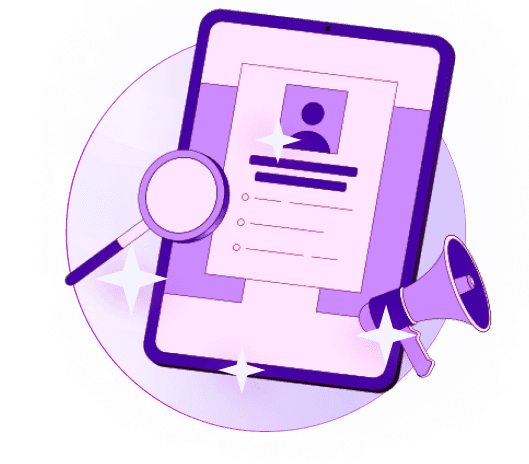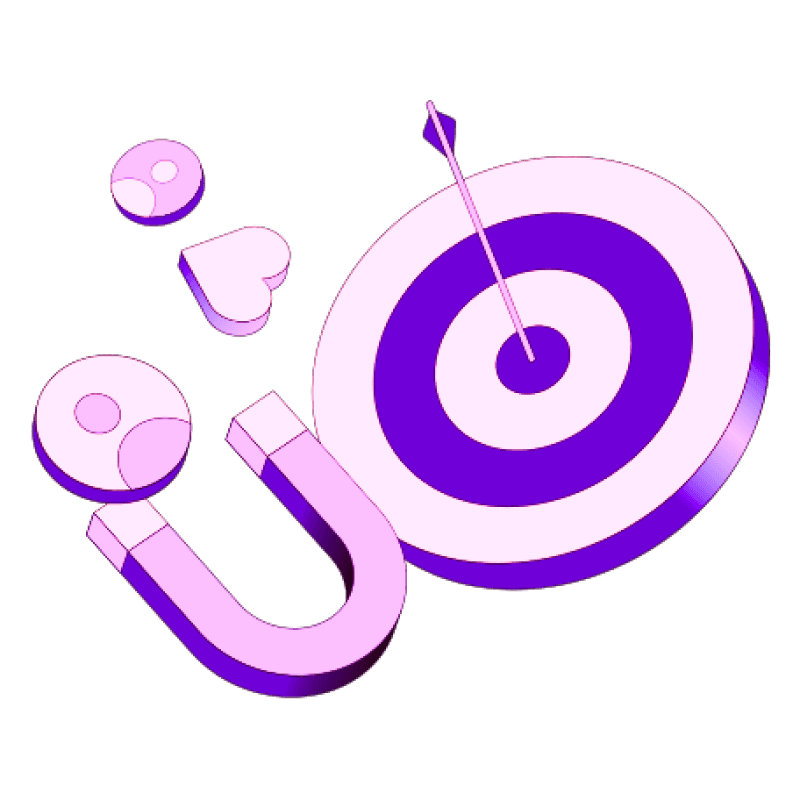Blogs
Articles

The Ultimate Guide to Cold Emailing for Qualified Leads
Where communication is predominantly virtual, mastering the art of crafting cold emails is crucial for individuals and businesses alike. A well-crafted cold email has the power to not only grab attention but also initiate meaningful conversations and potentially drive desired outcomes.
Let's explore the essential components that contribute to creating the perfect cold email.
Personalization and Customization: The Backbone of Cold Email Success
Personalization is more than just addressing the recipient by name. It involves understanding the recipient's pain points, interests, and preferences to tailor the email content effectively. By leveraging data and insights, you can create a personalized experience that resonates with the recipient on a deeper level. Remember, a generic email is easily recognizable and often ignored, so invest time in customizing each cold email.
Crafting Subject Lines that Intrigue and Engage
The subject line is your first impression, so make it count. A compelling subject line should be concise, relevant, and engaging. Consider using personalization tokens or posing a thought-provoking question to capture the recipient's interest. Avoid using all caps or excessive punctuation marks, as these can trigger spam filters. Experiment with different subject line strategies to see what works best for your audience.
Body Content: Captivating Narratives and Clear Call-to-Actions
Once the recipient opens your email, the body content should deliver value and maintain interest. Keep the message concise, focusing on how your offering solves a problem or fulfills a need. Use storytelling techniques to engage the reader and create an emotional connection. Additionally, include a clear call-to-action that guides the recipient on the next steps. Whether it's requesting a meeting, downloading a resource, or providing feedback, make the desired action explicit.
Building Trust and Credibility
Trust is the currency of communication. In a cold email, establishing trust is paramount to success. Share relevant success stories or client testimonials to showcase your credibility. Transparency and authenticity are key pillars in building trust with your audience. Avoid hype or exaggerated claims, as they can erode trust and credibility.
A/B Testing and Optimization
To enhance the effectiveness of your cold email campaigns, embrace A/B testing. Experiment with different email elements such as subject lines, body content, visuals, and calls-to-action. Analyze the performance metrics to identify what resonates best with your audience. Continuous optimization based on data insights is essential for refining your email strategy and maximizing engagement.
Mastering the art of crafting cold emails is a blend of creativity, empathy, and strategy. By personalizing your emails, crafting compelling subject lines, delivering valuable content, building trust, and optimizing your approach, you can elevate your cold email game and achieve meaningful results in your outreach efforts. Remember, the journey to crafting the perfect cold email is an ongoing evolution that requires adaptability and a customer-centric mindset.
Best Practices for Engaging Qualified Leads
Follow-Up Strategies: Building Lasting Relationships
A crucial aspect of engaging qualified leads is establishing a robust follow-up strategy that nurtures relationships and guides leads through the sales funnel. Timely and personalized follow-ups demonstrate genuine interest and commitment to addressing the needs of potential customers. Whether through informative emails, engaging phone calls, or interactive social media touchpoints, consistent follow-up efforts build trust, provide value, and keep the brand top-of-mind. By actively listening to lead feedback and customizing follow-ups to suit their preferences, businesses can create meaningful connections that drive conversions and foster loyalty.
Segmentation and Targeting: Personalizing the Approach
Another key practice for engaging qualified leads is the art of segmentation and targeted messaging. Recognizing that each lead is unique, businesses must tailor their marketing strategies to deliver relevant and personalized content that speaks directly to the individual's interests and pain points. By segmenting leads based on behavior, preferences, and demographics, companies can craft tailored campaigns that cut through the noise and capture attention.
Personalized communication not only boosts engagement rates but also cultivates a sense of understanding and appreciation among leads, ultimately leading to higher conversion rates and customer retention.
Measuring Success and Iterating
In the fast-paced world of business, measuring success and iterating are essential components for growth and development. By tracking key metrics, businesses can gain valuable insights into their performance and areas for improvement. Analyzing the results of these metrics allows for informed decision-making, enabling businesses to make adjustments to strategies and processes. This iterative approach fosters continuous improvement and ensures that businesses remain agile and responsive to market changes.
Key Metrics to Track
Tracking key metrics is not just about numbers; it's about understanding the story they tell. Key metrics can vary depending on the industry and business objectives. For example, in e-commerce, metrics like conversion rate, customer acquisition cost, and customer lifetime value are crucial. On the other hand, a software development company may focus on metrics such as sprint velocity, bug resolution time, and customer satisfaction.
Analyzing Results
Analyzing results is more than just looking at data; it's about interpreting trends and patterns to extract meaningful insights. Businesses need to dig deeper to understand why certain metrics are performing the way they are. This analysis can uncover issues that may be hindering growth or reveal opportunities for further optimization.
Making Adjustments
Making adjustments based on data-driven insights is where the real magic happens. Businesses that are willing to pivot and adapt based on their findings are more likely to thrive in today's competitive landscape. Whether it's tweaking marketing strategies, refining product offerings, or optimizing operational processes, every adjustment made brings the business one step closer to its goals.
Conclusion
Mastering the art of cold emailing is essential for generating qualified leads. By following the strategies outlined in this ultimate guide, individuals and businesses can significantly improve their success rate in reaching out to potential clients and converting them into valuable leads.
Remember, personalization, value proposition, and persistence are key elements in crafting effective cold emails that resonate with the recipients. With dedication and practice, anyone can harness the power of cold emailing to drive growth and achieve their lead generation goals.

Create Your Free Persana Account Today
Join 5000+ GTM leaders who are using Persana for their outbound needs.
How Persana increases your sales results
One of the most effective ways to ensure sales cycle consistency is by using AI-driven automation. A solution like Persana, and its AI SDR - Nia, helps you streamline significant parts of your sales process, including prospecting, outreach personalization, and follow-up.



